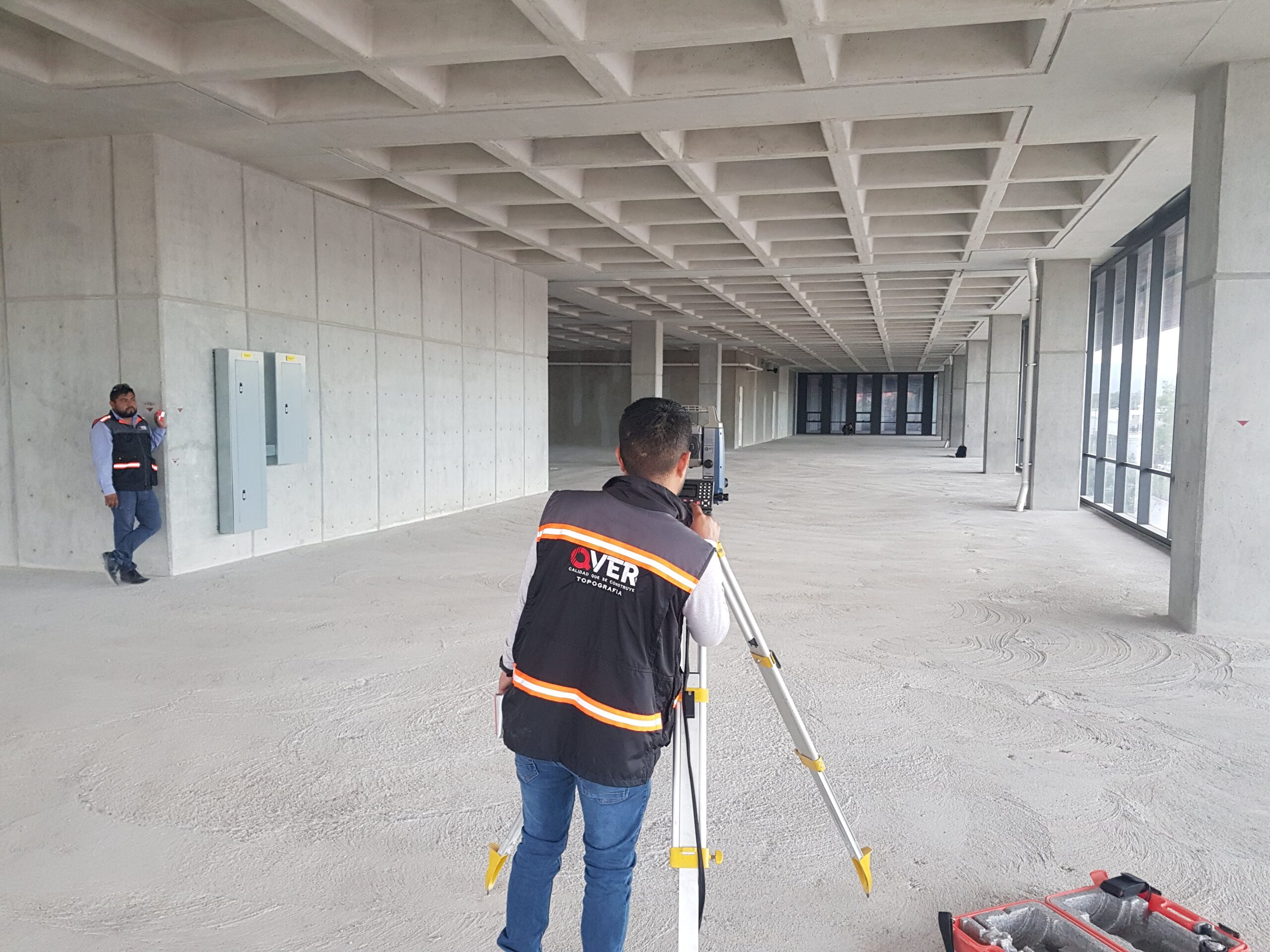Topographers frequently have to determine volumes of various types of material. For example, in many construction projects, volumes of earthwork and concrete are requested.
On the other hand, volumetric calculations are necessary to determine the capacity of hoppers, tanks, reservoirs, buildings, as well as to evaluate the amount of stacked or stored materials such as coal, gravel, and others. It is also important to determine the amount of water discharged into streams per unit time.
The unit of volume is a cube with sides of unit length. The cubic foot, cubic yard, and cubic meter are used in topographic calculations. The equivalences between these units are: 1 yd = 27 ft3; 1 m3 = 35.315 ft3. The m3/s is the unit used for the measurement of hydraulic flow rates.

VOLUMETRIC METHODS.
Direct measurement of volumes is usually not carried out in topography because it is difficult to apply a unit of measure to the material to be measured. Instead, indirect measurements are used to determine lines and areas that are related to the desired volume.
Basically, three procedures are used: the cross-sectional and area method, the base and height or unit area method, and the contour method.
CROSS-SECTIONAL METHOD
This method is almost exclusively used to calculate volumes in linear construction projects such as roads, railways, and canals. In this method, after staking out the centerline of the road, profiles of the terrain called cross-sections (at right angles to the centerline) are taken.
At Q-VER, we know that to group types of roads, cross-sections are normalized, taking into account the importance of the road, the type of traffic, the conditions of the terrain, the materials to be used in the different layers of the pavement structure, and for that reason, we have a specialized division in Topography where we establish the surface of the project and verify the accuracy of the construction.




